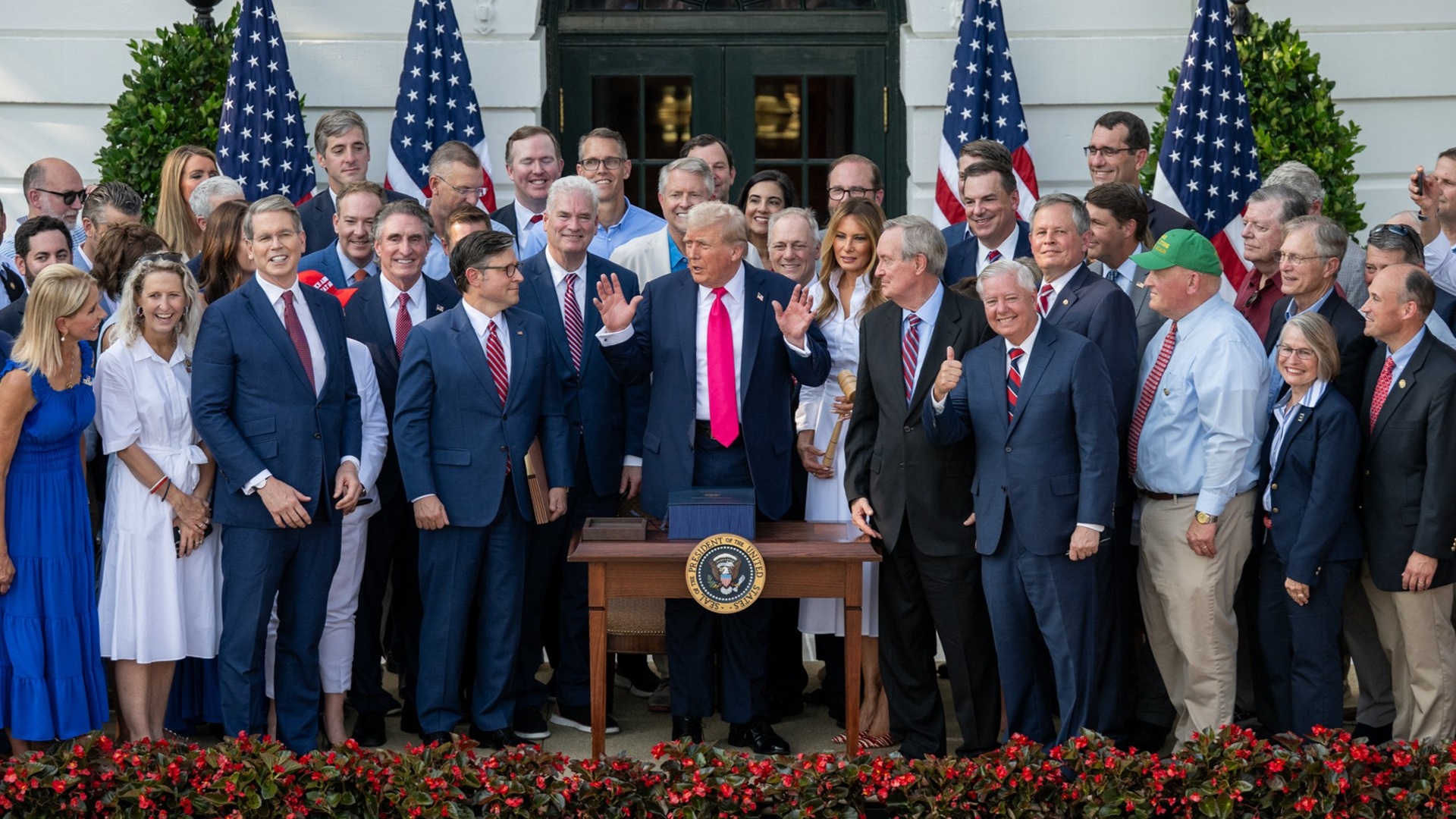
President Trump’s “Big Beautiful Bill” reshapes more than just tax brackets. Several tax credits, some widely used, others industry-specific, are changing in ways that could either boost your refund or shrink your benefits.
Read Next: 5 Things the Middle Class Should Do To Prepare for Trump’s Income Tax Plan
Check Out: 7 Luxury SUVs That Will Become Affordable in 2025
Here’s a breakdown of which credits could grow, which ones might phase out and what to watch for in tax year 2025.
Credits That Could Increase
Several tax credits are getting a boost under the bill, especially those aimed at working families, low-income earners and domestic industries. Here are the ones most likely to increase.
Domestic Production
The Big Beautiful Bill expands credits for domestic production, particularly those in semiconductor manufacturing and advanced industries. According to CNBC, tax credits for semiconductor firms would increase from 25% to 35% — more than the 30% increase in the bill’s draft.
“Companies in these fields should review capital plans and evaluate where existing or upcoming projects align with new eligibility,” Laurence Sotsky, CEO of Incentify, wrote in an email. “The potential savings could directly affect ROI on high-impact investments.”
FICA Tips
The bill expanded the FICA tips credit to include the beauty industry, which is now effective for tax years beginning after Dec. 31, 2024, PwC reported.
“Previously available only to food and beverage businesses, this credit now allows beauty salons, spas and personal care service employers to claim a dollar-for-dollar refund on the 7.65% FICA taxes they pay on employee tips, effective beginning January 1, 2025,” Sotsky explained.
Child Tax Credit
The higher-value Child Tax Credit (CTC), which was due to expire at the end of 2025, was permanently enhanced in the bill, according to H&R Block.
“The nonrefundable Child Tax Credit increased from $2,000 to $2,200 starting this year and will be indexed for inflation going forward,” wrote Dina Leader Powers, CPA, CFP, wealth manager at Fairway Wealth Management in Independence, Ohio, in an email.
The higher phase-out thresholds — $200,000 or $400,000 for joint filers — are now permanent and apply to both the Child Tax Credit and the $500 credit for other dependents, she added.
Child and Dependent Tax Credit
Starting in 2025, the maximum child and dependent care credit rate increases to 50%, reduced by 1 percentage point for every $2,000 of income over $15,000, but not below 35%, Leader Powers explained.
Credits That Could Shrink or Phase Out
Changes to clean energy incentives could reduce or eliminate benefits for some taxpayers.
According to Leader Powers, new and used clean energy tax credits are set to expire soon. The $7,500 Clean Vehicle Credit and $4,000 Used Clean Vehicle Credit will end after Sept. 30, 2025. The Alternative Fuel Vehicle Refueling Property Credit expires for purchases made after June 30, 2026.
Home energy credits, including the Energy Efficient Home Improvement Credit and Residential Clean Energy Credit, will sunset after Dec. 31, 2025. These terminations can be found under Subchapter A, “Termination of Green New Deal Subsidies” in the bill.
“For businesses that have built sustainability initiatives around those incentives, it’s time to revisit assumptions and update forecasts,” Sotsky said.
What Does This Mean for Taxpayers?
According to Leader Powers, whenever eligibility for credits and deductions is updated, it’s important for taxpayers to evaluate how the changes apply to their personal situation.
For instance, several clean energy tax credits will expire by the end of the year. “If you are considering an energy-efficient home improvement or replacement purchase, hurry up! You have until the end of the year to make that purchase or complete the improvement and take advantage of the expiring home clean energy credits,” she explained. “Examples of qualifying property may include exterior doors and windows, skylights, heat pumps, central air conditioners, water heaters, biomass stoves or boilers.”
And you have only until the end of September to purchase a qualified new or used electric vehicle and still claim the available tax credits. You can qualify for a credit of up to $7,500, subject to limitations. There’s also an additional credit for charging components of up to $1,000 per item, which expires on June 30, 2026.
Editor’s note on political coverage: GOBankingRates is nonpartisan and strives to cover all aspects of the economy objectively and present balanced reports on politically focused finance stories. You can find more coverage of this topic on GOBankingRates.com.
More From GOBankingRates
- I'm a Realtor: This Is Why No One Wants To See Your Home
- 3 Things Retirees Should Stop Buying To Save Money Amid Tariffs
- How Much Money Is Needed To Be Considered Middle Class in Your State?
- 10 Used Cars That Will Last Longer Than an Average New Vehicle
This article originally appeared on GOBankingRates.com: 9 Tax Credits That’ll Get Bigger — or Smaller — With Trump’s ‘Big Beautiful Bill’







